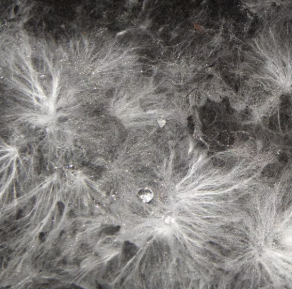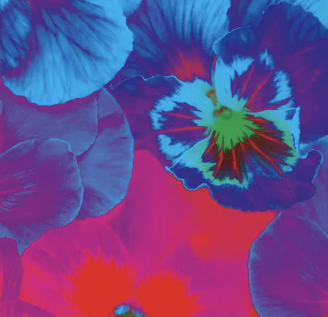Queering Nature: Gender, Sexuality, and the Natural World
This lesson encourages students to explore gender and sexuality through a queer ecological lens, challenging binary thinking by examining the diversity of natural expressions in the environment. The session integrates visual arts to create a reflective and expressive response to these themes.
Learning Objectives
Recognize diverse expressions of gender and sexuality in nature.
Critically analyze how nature has been used to reinforce or challenge gender binaries.
Develop a creative response to queering nature, reflecting on inclusion and identity.
Understand the importance of social justice in representation and education.
Lesson Outline
1. Introduction (15 mins) – Nature Beyond Binaries
Start with images of gender-diverse organisms (e.g., clownfish changing sex, plants with both male and female reproductive structures, animals displaying same-sex behavior).
Discussion: How does nature challenge the binary categories of male/female?
Brief introduction to queer ecology (Mortimer-Sandilands & Erickson, 2010).
2. Critical Discussion (20 mins) – Nature, Culture, and Queer Lenses
How has nature been used to justify social norms around gender and sexuality?
How can looking at nature through a queer lens challenge societal expectations?
Introduce examples from art and literature that challenge gender binaries through nature metaphors (e.g., Claude Cahun, Juliana Huxtable, Alok Vaid-Menon).
3. Creative Response (40 mins) – Art-Based Exploration
Prompt: “If nature were free from imposed gender and sexuality norms, how would it express itself?”
Students create an art piece (collage, painting, digital artwork, or poetry-visual hybrid) inspired by their reflections.
Encourage experimentation with hybrid forms, fluid imagery, and surreal elements.
4. Reflection & Social Justice Link (15 mins)
Students share their work in a gallery-style walk or small groups.
Discussion: How does queering nature support inclusion and social justice in schools?
What can we learn from nature about embracing gender and sexual diversity?
Assessment & Follow-Up
Formative: Reflection journal entry on how queer ecology can challenge exclusion in schools.
Extension: A zine or class exhibition showcasing queer nature-inspired artworks


Image of a mycelium network, a different form of kinship
Flowers have been a source of communication and identification throughout history, from Greek myths to the modern-day LGBTQ+ community.


